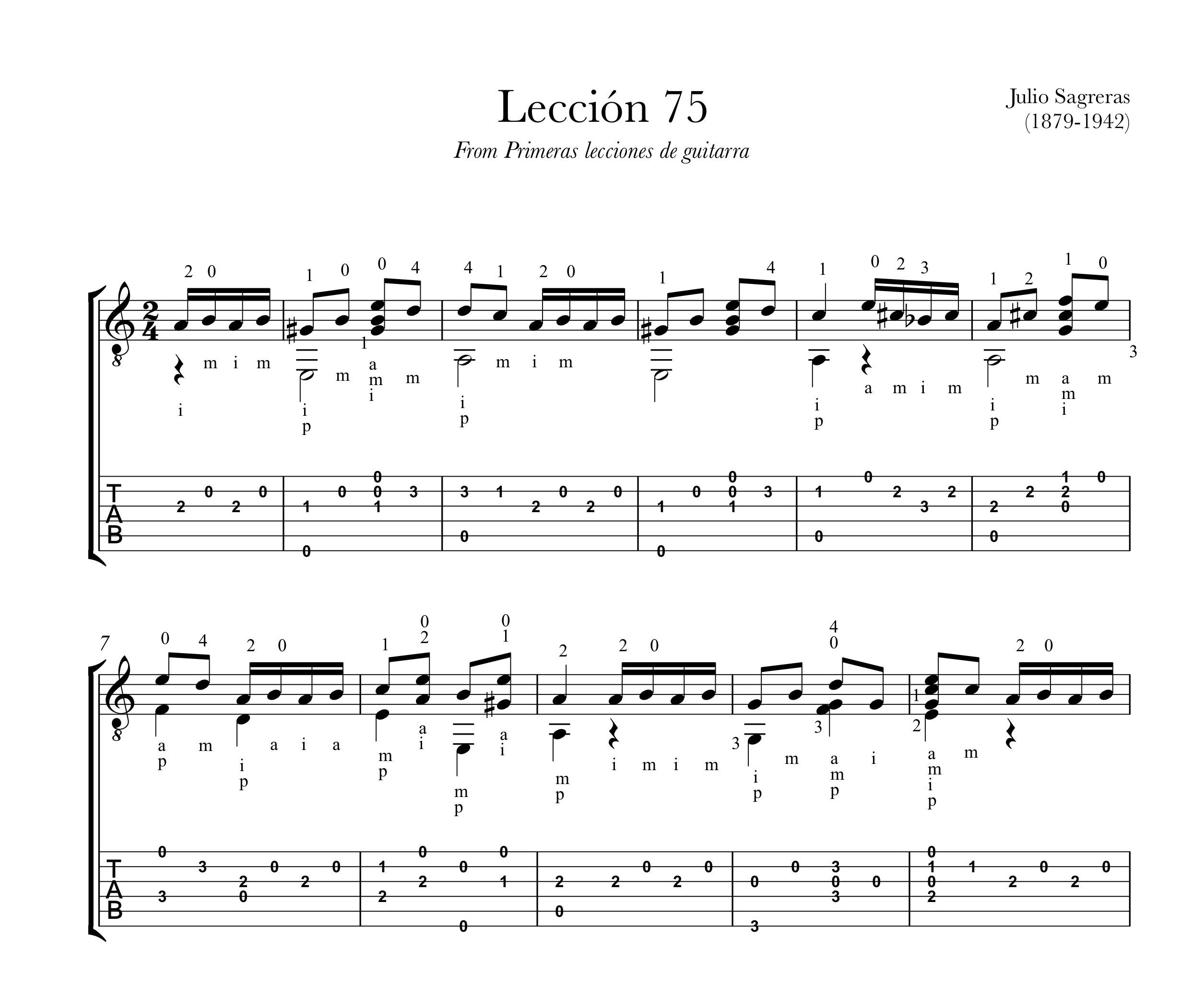
We hope that you enjoy playing this Greensleeves guitar tab arrangement.Whether you are just starting to learn the guitar or you’re more advanced, learning your favourite songs on the guitar is an extremely fun experience that will motivate you to keep learning, and grow your repertoire.īy learning to master your favourite songs on the guitar your love for music can only continue to grow. You can find out more about the origins of the song at wikipedia. Henry The Eighth One Of The Great Axe-Men Of His TimeĪlthough Henry VIII is rumored to have written Greensleeves, this is unlikely to be true. Greensleeves Guitar TAB with Chords – Alternative version It is one of several variations of the tune that have appeared over the years. This gives the piece a ‘softer’, less Dorian sound. In the following version of Greensleeves, some of the F sharps of the first melody are played as F naturals. The following version of Greensleeves omits the bass notes, allowing it to be played with a pick:
CLASSICAL TABS FOR ACOUSTIC GUITAR HOW TO
You can learn how to read TAB here: How To Read TABs.We’ve created a useful guide to reading music for guitar on this page: How To Read Guitar Music.
CLASSICAL TABS FOR ACOUSTIC GUITAR FULL
the 1st beat of the 1st full bar of music).

Therefore, when playing Greensleeves, start counting on the second note of the piece (i.e. Both of these terms mean an additional note (or notes) that occurs before the first full bar of music. The first note of Greensleeves is a ‘pick-up note’, or ‘anacrusis’. You could also count ‘ One-Two-Three- Four-Five-Six’, placing a slight stress on the ‘One’ and ‘Four’ beats. One way of counting a 6/8 rhythm is by counting ‘ ONE-two-three, TWO-two-three’. This means that there are 2 main beats in each bar, each of which is sub-divided into three. Use the thumb of the right hand to play the bass notes. The fingers of the fretting hand are numbered 1 (index finger) to 4 (little finger). The small numbers by the side of certain notes indicate which finger should be used. This gives the piece a ‘happy ending’ (this effect is known as a ‘tierce de Picardie’ in classical music. If you are playing the chord part, you could play an A major chord instead of an A minor chord at the end of the final repetition. You can repeat the whole piece 2 or 3 times. Refer to the tab if necessary to hear how the music should sound. The sharp signs raise the pitch of the note by a semitone. However, there are several sharpened notes (marked with a #) that you should watch out for if you are reading the music notation (as opposed to the tab). The piece is in A minor*, which means that there are no sharps or flats in the key signature. This arrangement of Greensleeves doesn’t move out of first position and contains quite a few open strings, making it relatively straightforward to play. You could also try playing it on an electric guitar with a clean sound.

It will sound good on either acoustic or classical guitar.

This arrangement of Greensleeves is suitable for early-stage fingerstyle guitarists.


 0 kommentar(er)
0 kommentar(er)
